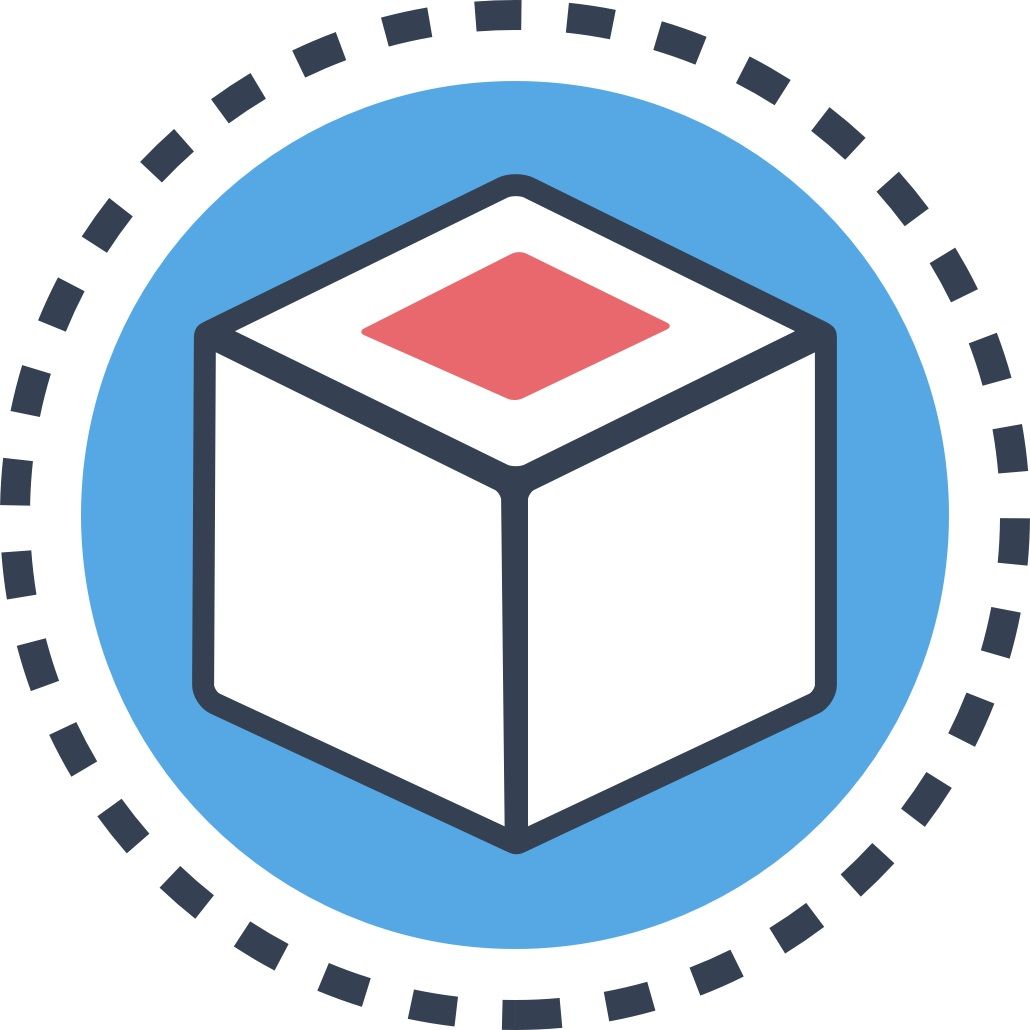How to Keep Your Customers Focused and Engaged
by
October 1st, 2021
Audio Presented by

CustomerSuccessBox is an AI-powered actionable customer success platform for B2B SaaS.
About Author
CustomerSuccessBox is an AI-powered actionable customer success platform for B2B SaaS.